A smartphone’s unique Bluetooth fingerprint could be used to track the device’s user–until now. A team of researchers have developed a simple firmware update that can completely hide the Bluetooth fingerprint, eliminating the vulnerability. The method was developed by a team of researchers at the University of California San Diego.
Tag: Electrical Engineering
Argonne engineers develop one-of-a-kind instruments and facilities for scientific discovery
A group of engineers at Argonne National Laboratory is uniquely equipped to design, model and install experimental systems that enable pioneering scientific research.
Barcodes expand range of high-resolution sensor
A technique developed by Washington University researchers vastly expands the range of optical sensors used in measuring chemical signatures and molecules.
A Flexible Microdisplay Can Monitor and Visualize Brain Activity in Real-time During Brain Surgery
A thin film that combines an electrode grid and LEDs can both track and produce a visual representation of the brain’s activity in real-time during surgery–a huge improvement over the current state of the art.
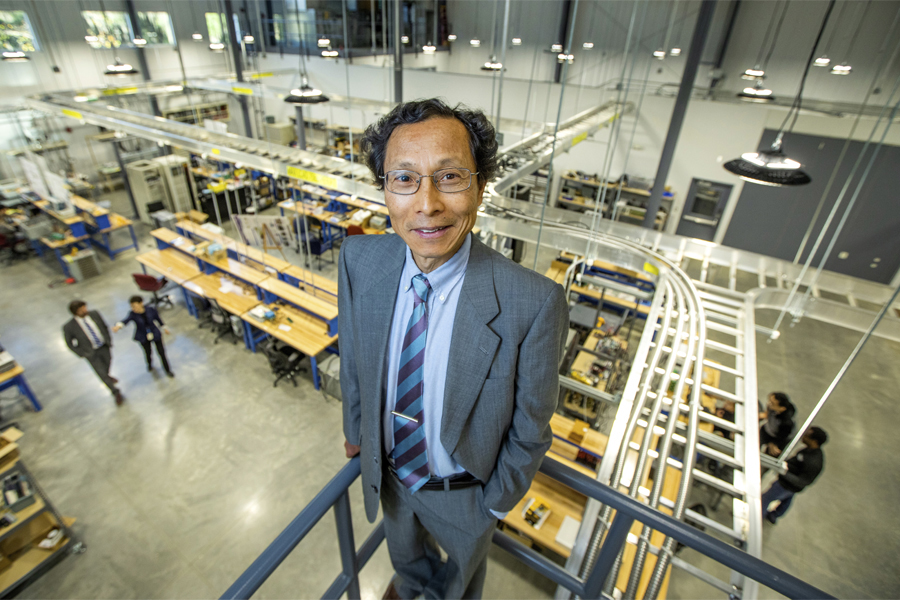
Taming the beast: FAMU-FSU researcher controls voltage response for safer electric grid
In a study published in Scientific Reports, FAMU-FSU College of Engineering Professor Fang Peng shows how a semiconductor device he created, named a Z-source inverter, can rapidly reduce voltage and current in the case of a short-circuit or open-circuit fault.
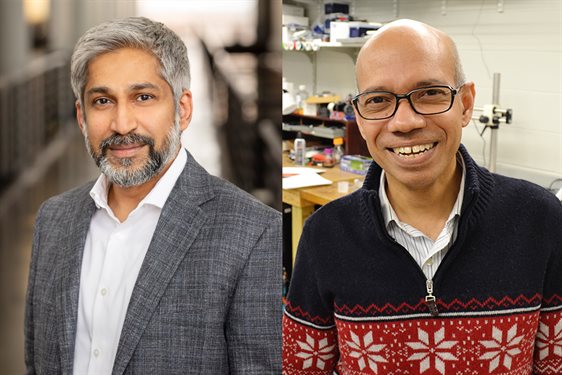
Haran and Saif elected to the National Academy of Engineering
Kiruba Haran, who is a professor of electrical and computer engineering and the Grainger Endowed Director’s Chair in Electric Machinery and Electromechanics, and Taher Saif, the Edward William and Jane Marr Gutgsell Professor in mechanical science and engineering, were elected to the National Academy of Engineering
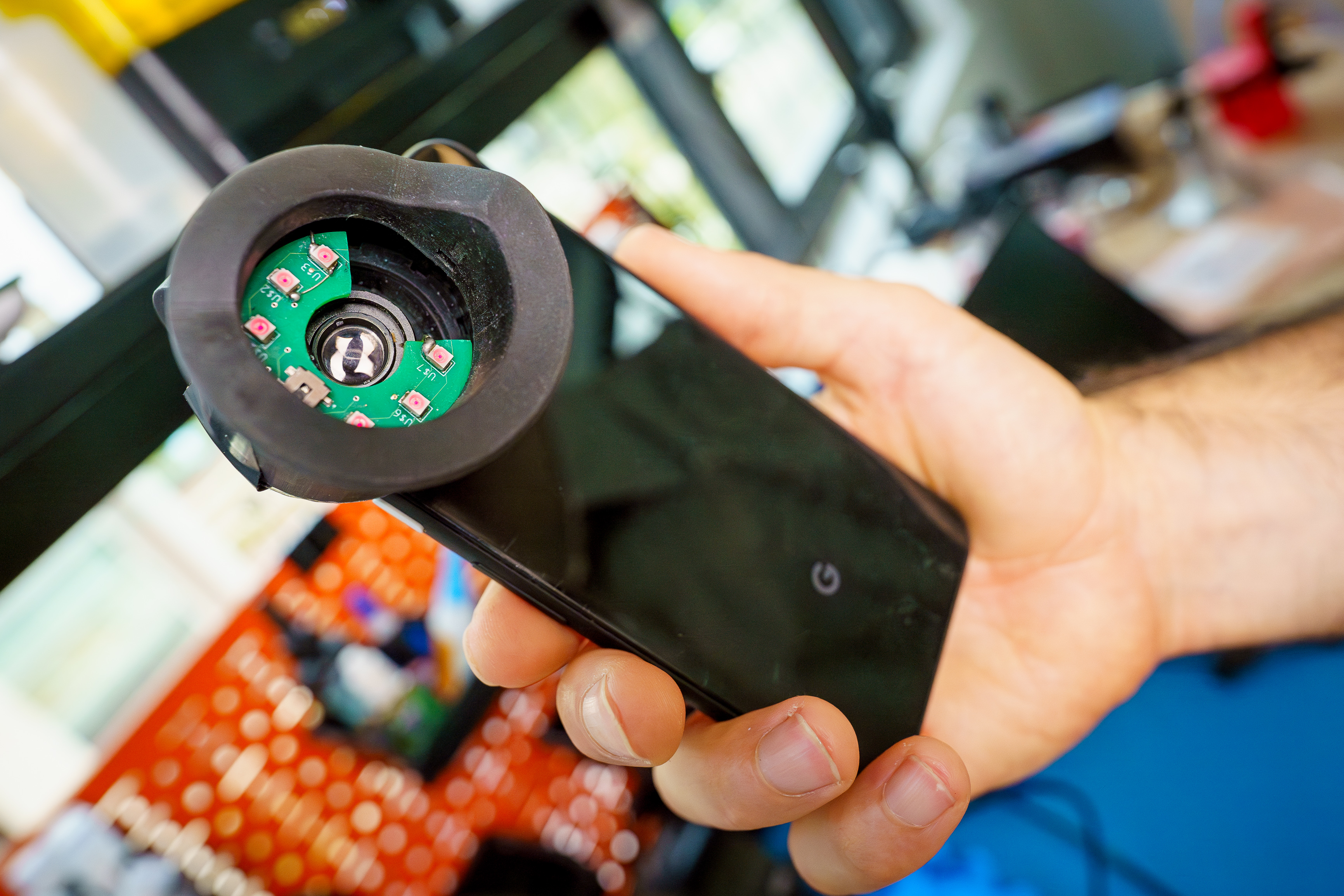
Smartphone attachment could increase racial fairness in neurological screening
This smartphone attachment could enable people to screen for a variety of neurological conditions, such as Alzheimer’s disease and traumatic brain injury, at low cost—and do so accurately regardless of their skin tone.
FAU, FPL Conduct Interactive Workshop for FPL Engineers
More than 100 Florida Power & Light (FPL) engineers attended a two-day basic electricity workshop for non-electrical engineers conducted by FAU’s College of Engineering and Computer Science.
These Screen-printed, Flexible Sensors Allow Earbuds to Record Brain Activity and Exercise Levels
Earbuds can be turned into a tool to record the electrical activity of the brain and levels of lactate in the body with two flexible sensors screen-printed onto a flexible surface.
S&T electrical engineering expert named Curators’ Distinguished Professor
Dr. Jagannathan Sarangapani, Missouri University of Science and Technology’s William A. Rutledge-Emerson Electric Co. Distinguished Professor in electrical and computer engineering, has been named a Curators’ Distinguished Professor.
UAH senior design students develop new water supply system for Nicaraguan village through Engineers Without Borders
Electrical engineering senior design students at The University of Alabama in Huntsville (UAH) recently designed an automated chlorine dispenser to upgrade the water supply for a village in Sabana Larga, Nicaragua.
Simple ballpoint pen can write custom LEDs
Researchers working with Chuan Wang, an associate professor of electrical and systems engineering at the McKelvey School of Engineering at Washington University in St. Louis, have developed ink pens that allow individuals to handwrite flexible, stretchable optoelectronic devices on everyday materials including paper, textiles, rubber, plastics and 3D objects.
Harnessing the power of water: Argonne and NREL study shows the potential of pumped storage hydropower in Alaska
Scientists study the role of pumped storage hydropower in Alaska’s clean energy future.
New material could hold key to reducing energy consumption in computers and electronics
A University of Minnesota Twin Cities team has, for the first time, synthesized a thin film of a unique topological semimetal material that has the potential to generate more computing power and memory storage while using significantly less energy.
Researchers create breakthrough spintronics manufacturing process that could revolutionize the electronics industry
University of Minnesota Twin Cities researchers, along with staff at the National Institute of Standards and Technology (NIST), have developed a breakthrough process for making spintronic devices that has the potential to create semiconductors chips with unmatched energy efficiency and storage for use in computers, smartphones, and many other electronics.
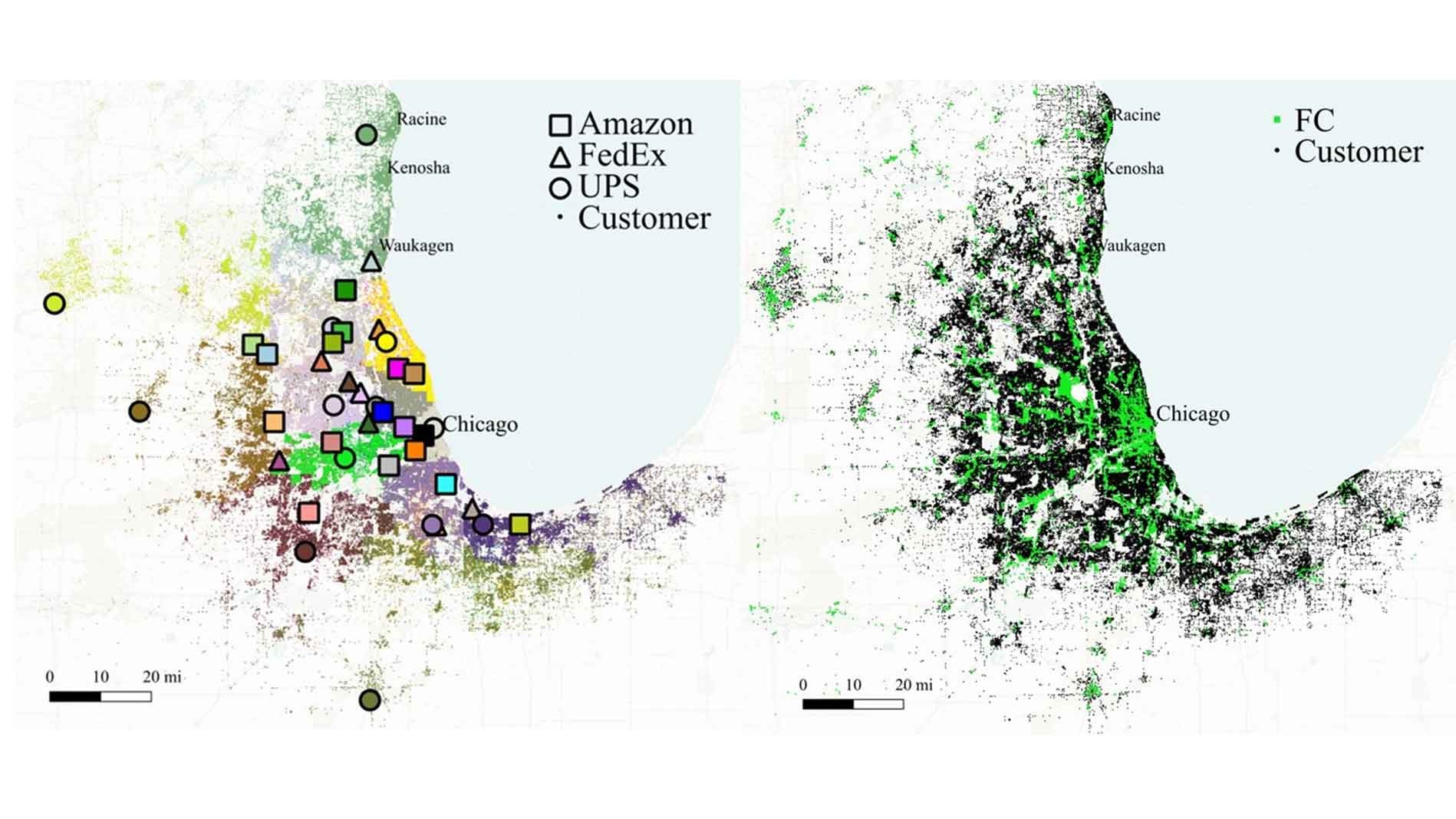
Argonne drops data on the question of efficient drone use for e-commerce deliveries
New models developed by Argonne can help industry discover the energy impact of drone delivery for e-commerce goods. A new study focuses on drone energy consumption compared to using conventional diesel trucks and battery-operated electric vehicles.
New Technology Turns Smartphones into RFID Readers, Saving Costs and Reducing Waste
Imagine you can open your fridge, open an app on your phone and immediately know which items are expiring within a few days. This is one of the applications that a new technology developed by engineers at the University of California San Diego would enable.
Shock to the system
University of Utah electrical and computer engineering assistant professor Benjamin Sanchez Terrones and U associate professor of medicine Benjamin Steinberg have published a new study that shows wearable devices such as the Samsung Galaxy watch 4, Fitbit smart scales, or Moodmetric smart rings, among others, have sensing technology that could interfere with cardiac implantable electronic devices (CIEDs) such as pacemakers, implantable cardioverter defibrillators (ICDs), and cardiac resynchronization therapy (CRT) devices.

New research shows dynamics of memory-encoding synapses in the brains of live mice
A University of Minnesota Twin Cities researcher is part of an international team that has used two-photon imaging technology to show, for the first time, the creation and elimination of synapses between neurons in the brains of live mice.
Media Tip: Argonne scientists are developing better methods for decarbonization
The national laboratory is focusing research and expertise toward critical new carbon dioxide removal technologies.
Two UCI researchers named fellows by the National Academy of Inventors
Irvine, Calif., Dec. 8, 2022 — The National Academy of Inventors has named two University of California, Irvine researchers as fellows for 2022. Philip Felgner, a pioneer in the development of lifesaving mRNA vaccines, and Payam Heydari, a prolific creator of cutting-edge microelectronics technologies, were both recognized for inventions that have made tangible impact on quality of life, economic development and the welfare of society.
Innovative Self-Powered Ingestible Sensor Opens New Avenues for Gut Research
Engineers developed a battery-free, pill-shaped ingestible biosensing system that gives scientists the ability to monitor gut metabolites in real time, which wasn’t possible before. The work could lead to a new understanding of intestinal metabolite composition, which significantly impacts human health.
The transformation between different topological spin textures
Skyrmions and bimerons are fundamental topological spin textures in magnetic thin films with asymmetric exchange interactions and they can be used as information carrier for next generation low energy consumption memory, advanced neuromorphic computing, and advanced quantum computing as they have multiple degrees of freedom that can carry information.
RPI to Launch Douglas A. Mercer ’77 Innovation and Exploration Laboratory
Rensselaer Polytechnic Institute will launch the Douglas A. Mercer ’77 Innovation and Exploration Laboratory at 10:30 a.m. on November 9 at the Russell Sage Dining Hall.
Engineering Research Provides Non-Invasive Solutions for Diagnosing and Treating Neurological and Psychiatric Conditions
Could artificial intelligence help solve the mental health crisis? What if an algorithm allowed neurologists to know the area affected by a brain seizure? These are just a few of the questions that Maryam Ravan, Ph.D., assistant professor of electrical and…
Researchers combine data science and machine learning techniques to improve traditional MRI image reconstruction
University of Minnesota Twin Cities researchers have found a way to improve the performance of traditional Magnetic Resonance Imaging (MRI) reconstruction techniques, allowing for faster MRIs without relying on the use of newer deep learning methods.
A new neuromorphic chip for AI on the edge, at a small fraction of the energy and size of today’s compute platforms
An international team of researchers has designed and built a chip that runs computations directly in memory and can run a wide variety of AI applications–all at a fraction of the energy consumed by computing platforms for general-purpose AI computing. The NeuRRAM neuromorphic chip brings AI a step closer to running on a broad range of edge devices, disconnected from the cloud, where they can perform sophisticated cognitive tasks anywhere and anytime without relying on a network connection to a centralized server.
Meet Kayla Hernandez: Electrical Engineer Helps Send Particle Beams Into RHIC
Meet Kayla Hernandez: Electrical Engineer Helps Send Particle Beams Into RHIC
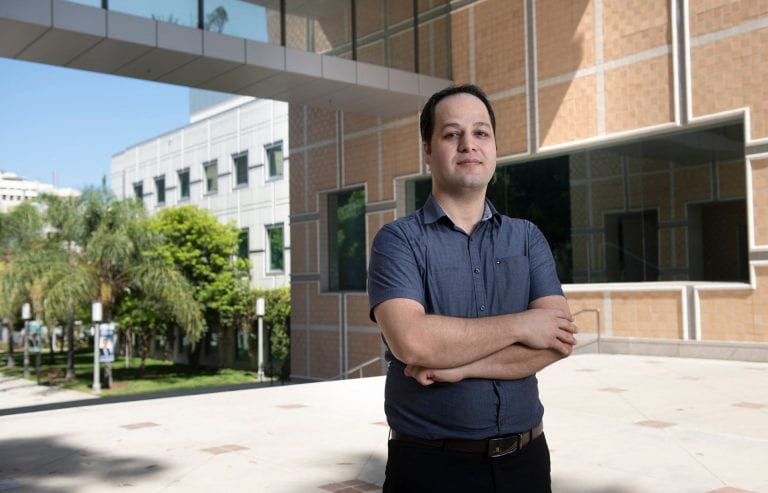
UCI researchers invent a health monitoring wearable that operates without a battery
Irvine, Calif., July 12, 2022 – A new self-powered, wristwatch-style health monitor invented by researchers at the University of California, Irvine can keep track of a wearer’s pulse and wirelessly communicate with a nearby smartphone or tablet – without needing an external power source or a battery. In a paper published recently in the journal Nano Energy, team members in UCI’s Henry Samueli School of Engineering describe their invention, built via 3D printing of nanomaterials on flexible substrates for real-time and wireless monitoring of vital signs.

Eight Columbia Engineering Professors Win NSF CAREER Awards
Eight professors from Columbia Engineering are among this year’s recipients of the National Science Foundation’s (NSF) Early Career Development (CAREER) awards, one of the most prestigious recognitions for junior researchers. Their areas of expertise will contribute to gains in personalized cancer treatment, the analysis of cellular processes, distributed control in large-scale systems, quantum information theory, understanding multiphase flows, as well as cloud computing and storage operations.
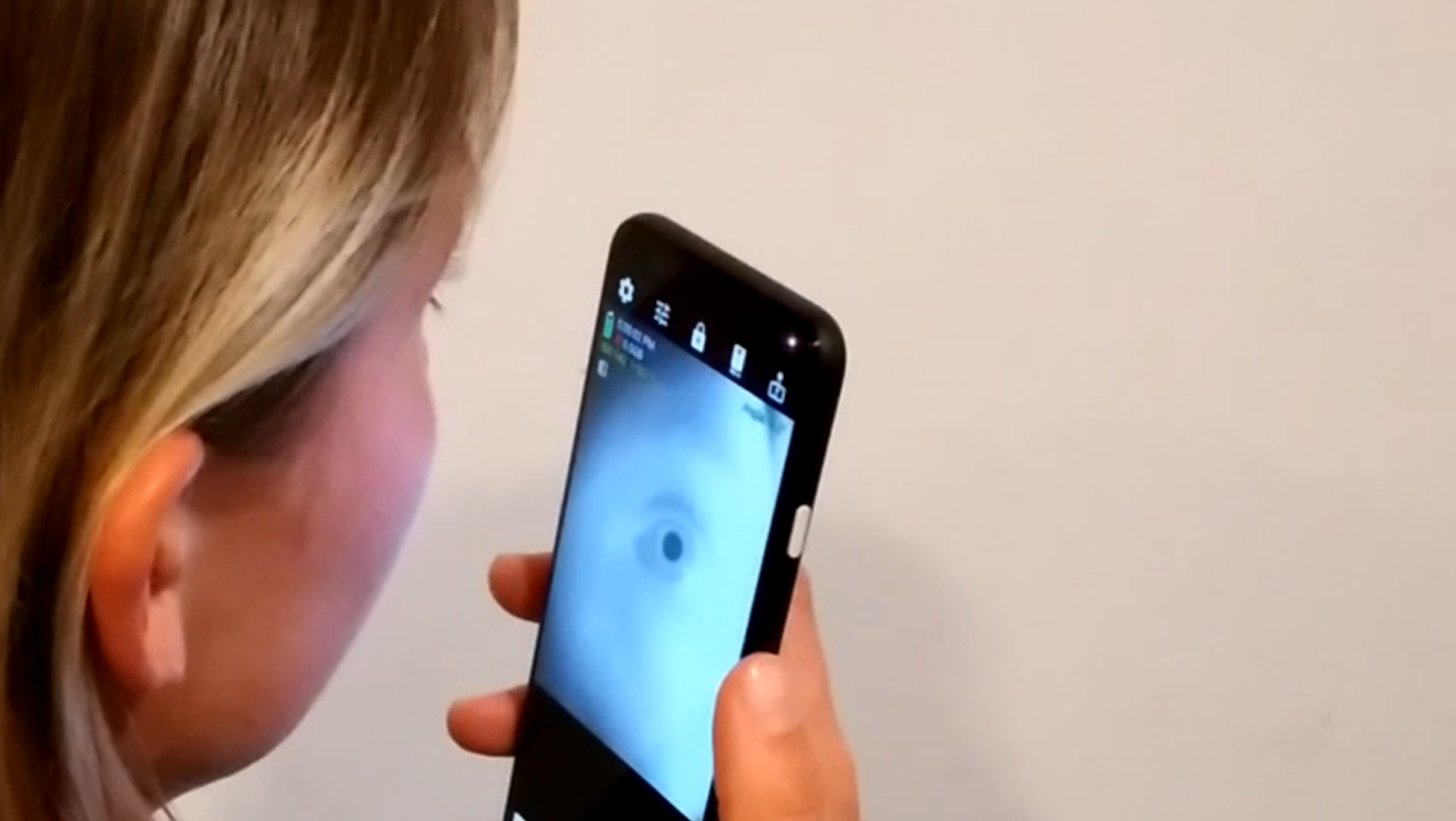
‘Eye-catching’ smartphone app could make it easy to screen for neurological disease at home
UC San Diego researchers developed a smartphone app that could allow people to screen for Alzheimer’s disease, ADHD and other neurological diseases and disorders—by recording closeups of their eye. The app uses a smartphone’s built-in near-infrared camera and selfie camera to track how a person’s pupil changes in size. These pupil measurements could be used to assess a person’s cognitive condition.
First International Conference on Heterostructured Materials (HSM I)
HSMs represent an emerging class of materials that are expected to become a major field of scientific exploration for the materials, mechanics, physics and computer simulation communities in the coming years. As an emerging materials field, many fundamental issues need to be probed.
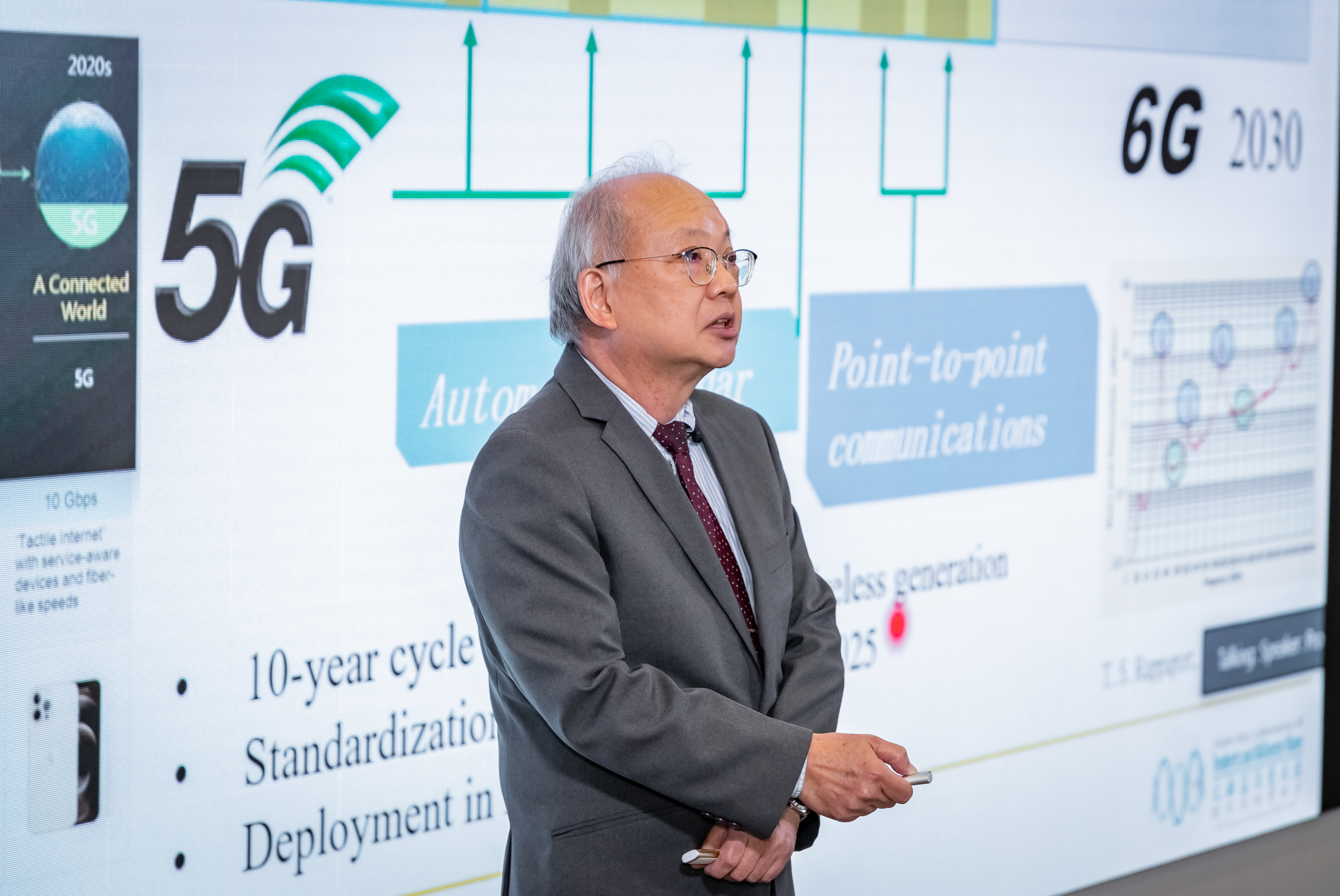
Setting the Stage for the 6G Era
Wrapping up the HKIAS Distinguished Lecture Series on Electronics and Photonics was Professor Chi Hou Chan, the Chair Professor of the Department of Electrical Engineering (EE) at the City University of Hong Kong (CityU).
Challenges in Modern Power Electronics Penetrated Power Grid
Professor Michael Chi Kong Tse, the Chair Professor of the Department of Electrical Engineering (EE) at the City University of Hong Kong (CityU), presented an online talk as part of the Hong Kong Institute for Advanced Study (HKIAS) Distinguished Lecture Series on Electronics and Photonics on 12 April 2022, titled ” Challenges of Modern Power Grid in the Midst of Deepening Power Electronics Penetration and Increasing Renewable Energy Use”.
Latest Development of Meta-Devices: From Sensing and Imaging to Quantum Optical Chip
Professor Din-Ping Tsai, the Chair Professor of the Department of Electrical Engineering at the City University of Hong Kong (CityU), gave an online talk as part of the Hong Kong Institute for Advanced Study (HKIAS) Distinguished Lecture Series on Electronics and Photonics on 30 March 2022, titled “Meta-Devices: From Sensing and Imaging to Quantum Optical Chip”. Professor Hon Yan, Wong Chun Hong Professor of Data Engineering was the moderator.
Researchers mimic how water and wind create complex shapes in nature
Researchers at Aalto University have found a way to mimic the natural processes that create complex shapes and landscapes with the help of a vibrating plate and resulting energy fields. The results are published on 22 September 2021 in Science Advances.
New Dual Degree Honors Program at The University of Texas at Austin Combines Business, Electrical and Computer Engineering
The University of Texas at Austin will offer a new integrated business and engineering honors degree program. The rigorous four-year undergraduate curriculum in the Cockrell School of Engineering and the McCombs School of Business will prepare students for competitive engineering leadership careers.
One material with two functions could lead to faster memory
In a step toward a future of higher performance memory devices, researchers from National Taiwan Normal University and Kyushu University have developed a new device that needs only a single semiconductor known as perovskite to simultaneously store and visually transmit data.
One-dimensional red phosphorous glows in unexpected ways
In a study published in Nature Communications, an international team led by Aalto University researchers has found that fibrous red phosphorous, when electrons are confined in its one-dimensional sub-units, can show large optical responses – that is, the material shows strong photoluminescence under light irradiation. Red phosphorous, like graphene, belongs to a unique group of materials discovered in 2017 called one-dimensional van der Waals (1D vdW) materials.
One-dimensional red phosphorous glows in unexpected ways
In a study published in Nature Communications, an international team led by Aalto University researchers has found that fibrous red phosphorous, when electrons are confined in its one-dimensional sub-units, can show large optical responses – that is, the material shows strong photoluminescence under light irradiation. Red phosphorous, like graphene, belongs to a unique group of materials discovered in 2017 called one-dimensional van der Waals (1D vdW) materials.
New type of wireless charger can charge multiple devices simultaneously
New technology developed at Aalto University may be the key to true wireless charging. The new transmitter creates power transfer channels in all directions, automatically tuning channels when receiving devices are in motion.
Rutgers Engineers Developing Rapid Breathalyzer Test for COVID-19
New Brunswick, N.J. (April 30, 2021) – Rutgers University–New Brunswick engineering professors Edward P. DeMauro, German Drazer, Hao Lin and Mehdi Javanmard are available for interviews on their work to develop a new type of fast-acting COVID-19 sensor that detects the presence…
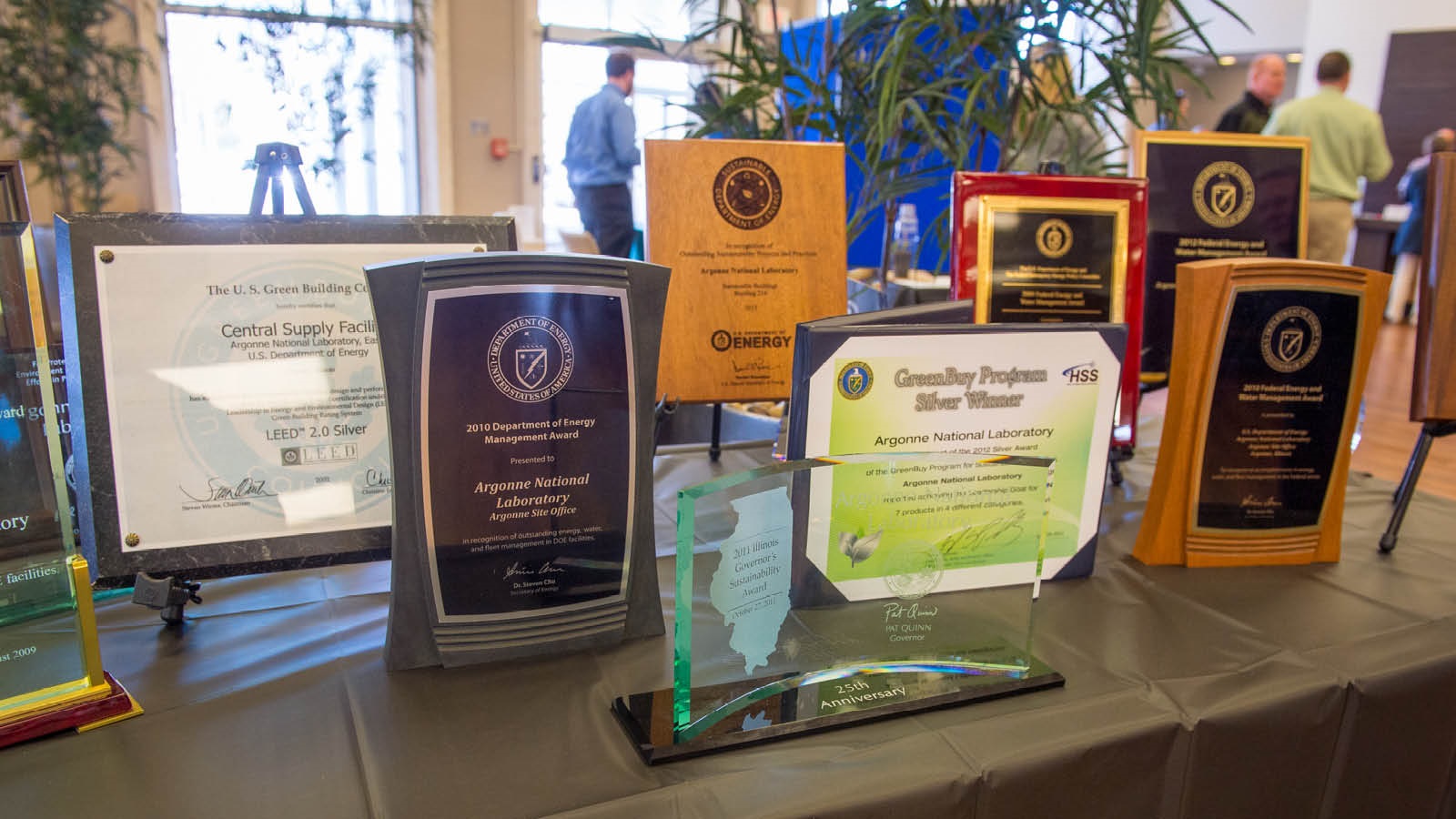
Argonne’s 2021 Maria Goeppert Mayer Fellows bring new energy, promise to their fields
The Department of Energy’s Argonne National Laboratory is proud to welcome five new FY21 Maria Goeppert Mayer Fellows to campus, each chosen for their incredible promise in their respective fields.
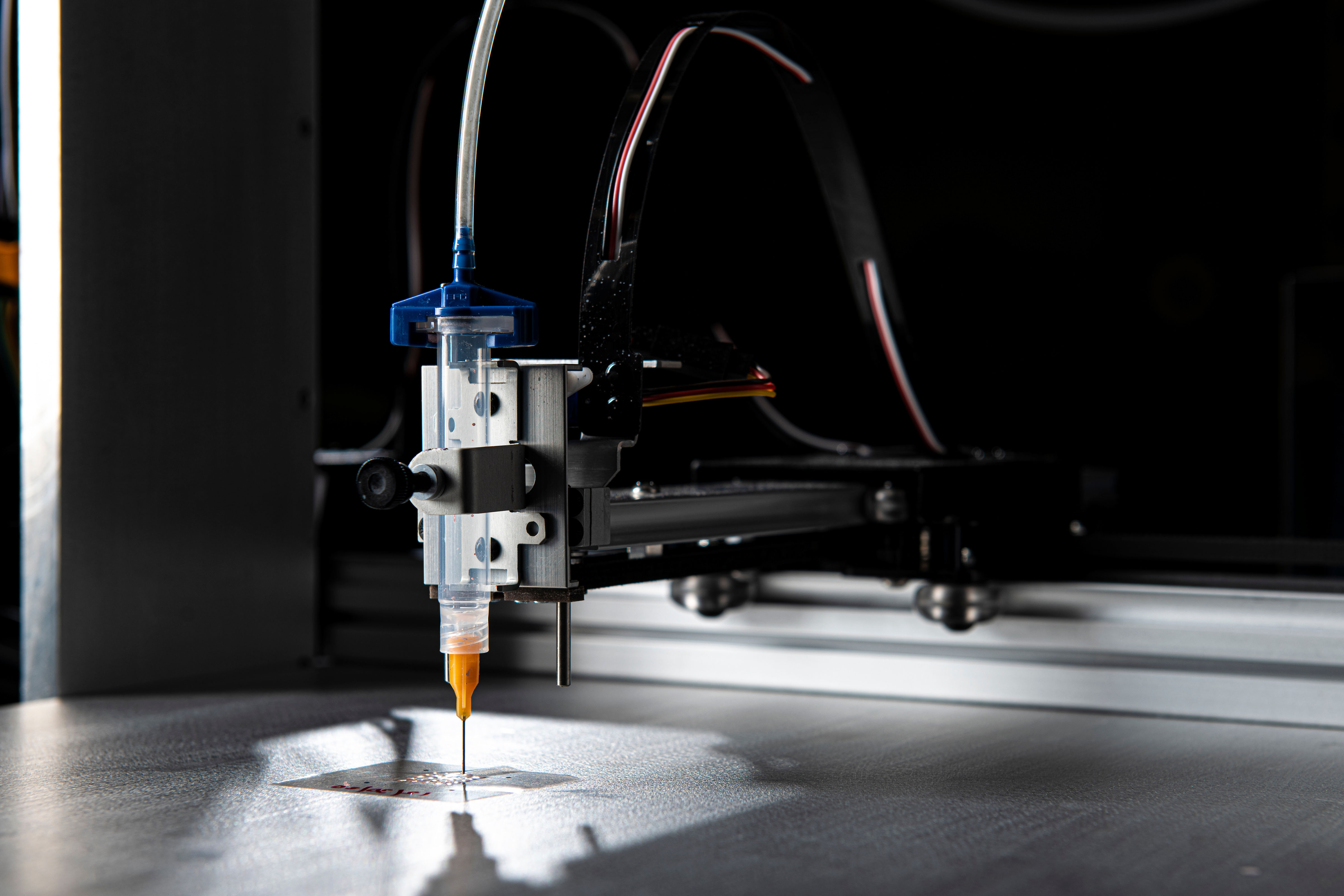
Biomedical engineers develop ‘smart’ sensor bandages
Researchers at Missouri S&T are working to make telemedicine more successful by creating an oxygen-sensing patch printed on a flexible, disposable bandage. It could enable remote monitoring for the early detection of illnesses such as pressure ulcers, allowing for immediate treatment.
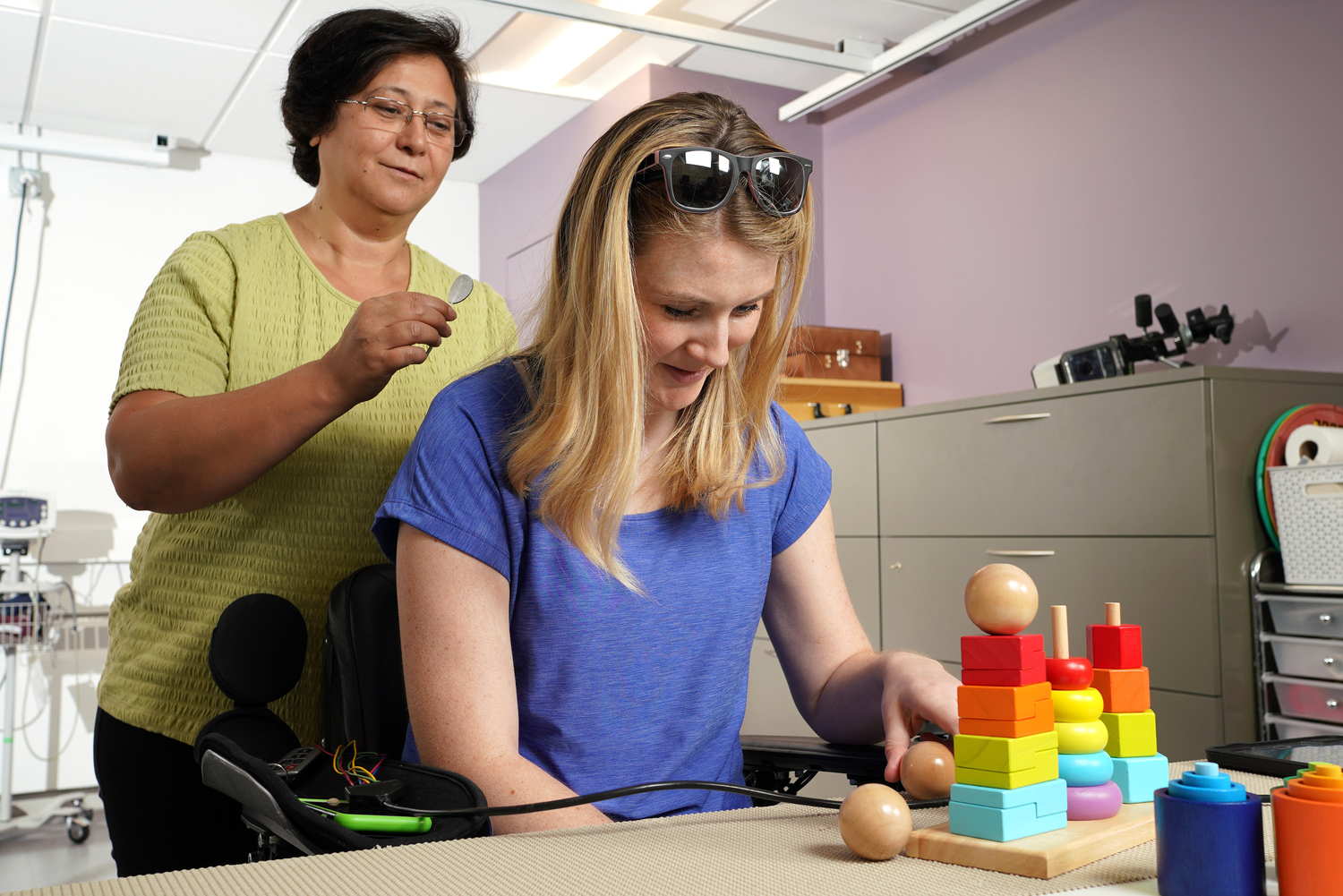
New treatment allows some people with spinal cord injury to regain hand and arm function
University of Washington researchers helped six Seattle-area people with spinal cord injuries regain some hand and arm mobility.
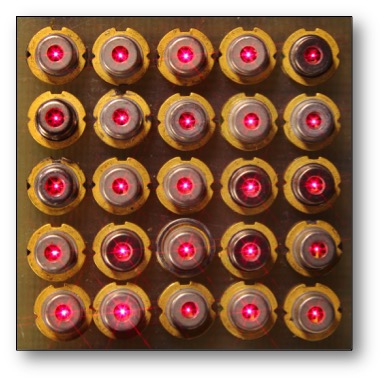
Breaking the Power & Speed Limit of Lasers
SUMMARYResearchers at the George Washington University have developed a new design of vertical-cavity surface-emitting laser (VCSEL) that demonstrates record-fast temporal bandwidth. This was possible by combining multiple transverse coupled cavities, which enhances optical feedback of the laser. VCSELs have emerged…
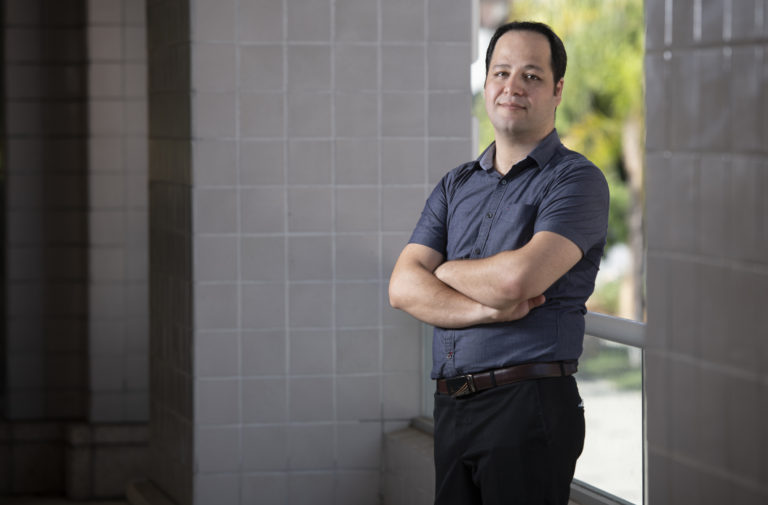
UCI biochip innovation combines AI and nanoparticle printing for cancer cell analysis
Irvine, Calif., Oct. 7, 2020 – Electrical engineers, computer scientists and biomedical engineers at the University of California, Irvine have created a new lab-on-a-chip that can help study tumor heterogeneity to reduce resistance to cancer therapies. In a paper published today in Advanced Biosystems, the researchers describe how they combined artificial intelligence, microfluidics and nanoparticle inkjet printing in a device that enables the examination and differentiation of cancers and healthy tissues at the single-cell level.
Power Player: Engineering professor researches how to keep America’s lights on
Ning Zhou from Binghamton University, State University of New York received a National Science Foundation (NSF) CAREER Award to provide a 21st-century vision for power systems.
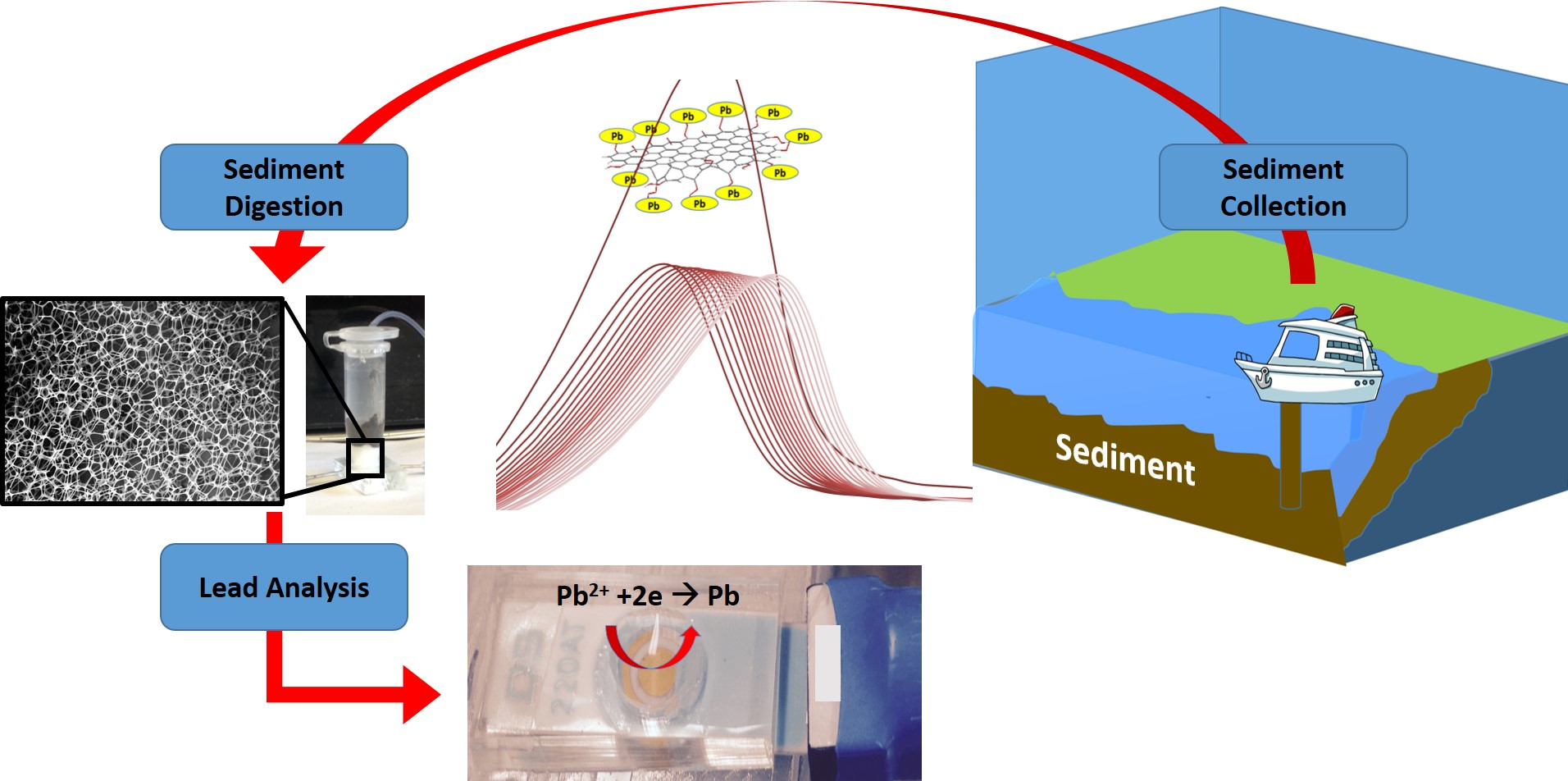
New Device Can Measure Toxic Lead Within Minutes
Rutgers researchers have created a miniature device for measuring trace levels of toxic lead in sediments at the bottom of harbors, rivers and other waterways within minutes – far faster than currently available laboratory-based tests, which take days. The affordable lab-on-a-chip device could also allow municipalities, water companies, universities, K-12 schools, daycares and homeowners to easily and swiftly test their water supplies. The research is published in the IEEE Sensors Journal.
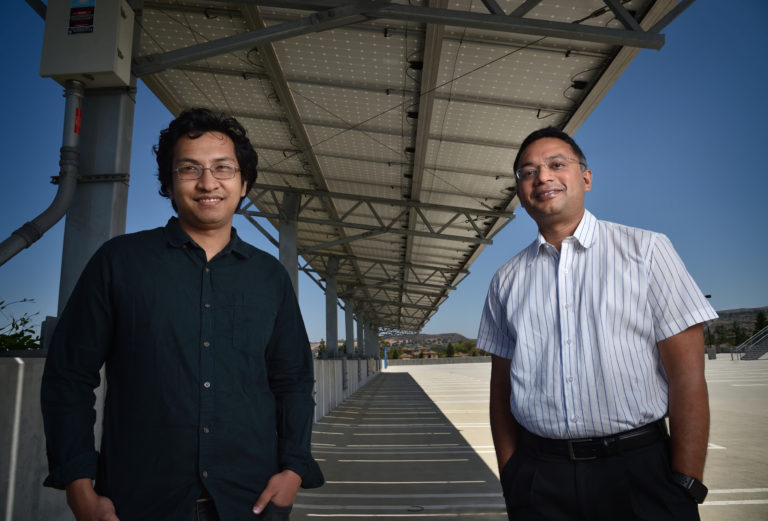
UCI cyber-physical security researchers highlight vulnerability of solar inverters
Irvine, Calif., Aug. 18, 2020 – Cyber-physical systems security researchers at the University of California, Irvine can disrupt the functioning of a power grid using about $50 worth of equipment tucked inside a disposable coffee cup. In a presentation delivered at the recent Usenix Security 2020 conference, Mohammad Al Faruque, UCI associate professor of electrical engineering & computer science, and his team revealed that the spoofing mechanism can generate a 32 percent change in output voltage, a 200 percent increase in low-frequency harmonics power and a 250 percent boost in real power from a solar inverter.